__________
So many great songs to choose from for marking Valentine’s Day…The standard that most immediately comes to mind is an obvious choice, Richard Rodgers and Lorenz Hart’s “My Funny Valentine.” Written for their 1937 Broadway musical Babes in Arms, the piece was overshadowed on Broadway (and in the film version starring Mickey Rooney and Judy Garland) by “Where or When,” “I Wish I Were in Love Again,” and “The Lady is a Tramp,” and was not made relevant until Frank Sinatra’s recording of it in 1953. It was eventually recorded by more than 600 artists on countless albums, and became synonymous with Chet Baker, who recorded it over 100 times. Will Friedwald, author of Stardust Melodies: The Biography of Twelve of America’s Most Popular Songs — an entertaining and essential work of popular music history — wrote that “the tune could be said to follow Baker from the grave, since it’s usually included in memorial tributes to him.”
Friedwald writes, “What makes the whole [song] so remarkable is the happy/sad nature of the lyric, brilliantly mirroring the major/minor nature of the music. It’s a love song, but far from those ‘I love you and everything’s rosy’ tunes so popular in the twenties (vis-a-vis Iriving Berlin’s ‘Blue Skies’). It’s vaguely optimistic, but it couldn’t be described as upbeat. Still, it’s far from a downer or a torch song like ‘Body and Soul.’ The sheet music instructs pianists to play the somewhat peppier verse ‘moderato,’ while the refrain should be rendered ‘slowly, with much expression.’ In truth, it is neither glad or unhappy.”
“‘My Funny Valentine’ is a man’s idea of the way he imagines women think about men,” Friedwald continues. [The lead male character in the Broadway show was “Valentine ‘Val’ Le Mar,” and the song was sung to him by female lead Mitzi Green]. “Just as ‘Have You Met Miss Jones’ (from I’d Rather Be Right) is a man’s song and no amount of pronoun changing has ever made it suitable for a woman, ‘My Funny Valentine’ is essentially a woman’s song. That a number of men have sung it successfully — indeed, it’s probably most closely associated with Frank Sinatra and Chet Baker — is a testament to their abilities as interpreters. It’s affectionate and endearing for a woman to admit that she’s in love with a man even if his ‘figure’ is ‘less than Greek’ (i.e., not the Olympian ideal of masculine beauty) and his mouth is ‘a little weak.’ But a man, especially in old song lyrics, would never describe a woman in that fashion; when men list their criteria for feminine loveliness, ‘strong’ would not be the adjective they would use to describe the lips and mouth of their dream girl. Rule number one, dude, if you’re trying to get to first base with a chick, do not, under any circumstances, refer to her looks as ‘laughable.'”
Too many vocalists to mention here made the song “their own,” and instrumentalists like Miles Davis found the song suitable to their skill sets and career path. Friedwald writes that Davis “recorded the song several times, including a classic live version from 1958 (Jazz at the Plaza) with his great sextet of the period, featuring John Coltrane, Bill Evans (who also played it with Jim Hall), and Cannonball Adderley. It’s the same band that recorded the trumpeter’s classic album Kind of Blue, and it’s telling that ‘Valentine’ should be one of the major standards in the repertoire of this legendary ensemble. Davis returned to the tune in 1964 on another great live album, this one with his no-less-celebrated unit of the 1960s, spotlighting Wayne Shorter and Herbie Hancock. The Kind of Blue band and the sixties band had one major thing in common: these Davis units were among the first ensembles to explore the concept of modal jazz. It seems logical that ‘Funny Valentine’s’ unique harmonic sequence made it attractive to musicians who were thinking along those lines. Rodgers and Hart may have been contemplating the musical past with their allusions to classical, and possibly medieval and Renaissance, techniques, but somehow they wound up looking straight into jazz’s future.”
From the time it was written until Sinatra’s recording of it in 1953, the tune was rarely recorded, but, as Friedwald points out, “within a few years it became one of the signature songs of the LP era.” There are way too many versions to list here, and whether your favorite version is Ella’s or Mulligan’s or Bird’s, or Chet’s or Sinatra’s, there are hundreds of others to discover along the way.
Check out Miles Davis’ 1964 live performance…
And here is Chet Baker, a performance from 1959
__________
What follows is an excerpt from my 2002 interview with Will Frieldwald, in which “My Funny Valentine” is discussed:
JJM How did “My Funny Valentine” emerge from all the other great songs in Babes in Arms?
WF “My Funny Valentine” had the unfortunate and fortunate circumstance of being in an amazing hit show called Babes in Arms, in which there were so many wonderful songs. Rodgers and Hart had two major shows in 1937, and the other was I’d Rather Be Right. It was a rare example of a Rodgers and Hart show where the songs were not the driving force in the production. The driving force in I’d Rather Be Right was returning the legendary song and dance man of the turn of the century George M. Cohen to the theatre, playing Franklin Roosevelt. It was such a great idea that everybody went to see the show for that purpose alone, and it was icing on the cake that you had this great Rodgers and Hart score. There were some fine songs in that score, but the only one that survived to become a standard was “Have You Met Miss Jones?”
Earlier that year they came out with Babes in Arms, which was very much a song driven show, a show where you came to see singing and dancing. Practically every song in the show was a hit. There were five absolute blockbusters, and another five really good songs. Among the hits were “Johnny One Note,” “Where or When,” “The Lady is a Tramp,” and eventually there was “My Funny Valentine.” All the other songs in the show among the big five were hits right at the time, and were widely covered and heard at the time with the exception of “My Funny Valentine,” which got overlooked because there was so much great music in that show. It was barely even recorded and there is scant record of it from 1937, when the song was new. There are tons of early recordings of the other songs, particularly “Where or When.” Benny Goodman did that song early on and there are many great versions of it.
“My Funny Valentine” was so very much overlooked that it never even appeared on the first three or four Rodgers and Hart compilation albums of the era. The song was still pretty much unknown until the early fifties when Chet Baker did it with Gerry Mulligan, and then Sinatra did it and Miles Davis as well. After that, it caught on incredibly fast, almost as if it was a new hit song in the early to mid fifties, when you got this avalanche of versions of it. People quickly discovered what a great song it was, that by the late fifties, it may have been the most covered song ever.
JJM Charlie Parker recorded it early on, and the jazz musicians seemed to fall in love with it.
WF Yes. It appealed to jazz musicians because it had such challenging harmonies in addition to a great melody. At the same time it appealed to singers because the lyric was so strong and had a great ambiguous, ambivalent lyric that could be interpreted to mean so many different things. It is a song that was not just a simple declaration of ‘I Love You,’ but it had a profound undercurrent going throughout. It was an amazing piece of material on every possible level.
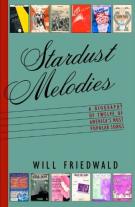
Stardust Melodies: The Biography of Twelve of America’s Most Popular Songs,
by Will Friedwald
*
Read the entire interview with Will Friedwald here
_________
my funny valentine
by ed corrigan
Miles’ horn blows
thru my head
down to my toes
down baby down
i need to blow
my bleeding nose
a red note bleeding
dododowaaaah
a smile with my heart
she just tore me apart
wuwuwuwaaaah
don’t know myself no more
what goes around comes around
my heart in lost and found.
Coltrane blow that sax
ride the rhythm
sweet and blue
way beyond blue
cool man cooool
big daddy you
really got ahold on me.
all the while Miles riffs
ripityripityrip
pippippip
bipitybipitybip
shake that thing
zizzyzizzyzoomzingaling
Miles blow my mind
takes me way out beyond
the ocean’s waves
he starts the newest craze
crazy for Josephine
know what i mean?
blow baby blow
horn aphonic sound
lost and found
sweet comic valentine
be mine all mine.
all in a sweet cool stream
don’t wake me
from this dream
stay little valentine, stay…
dreaming the blues away.









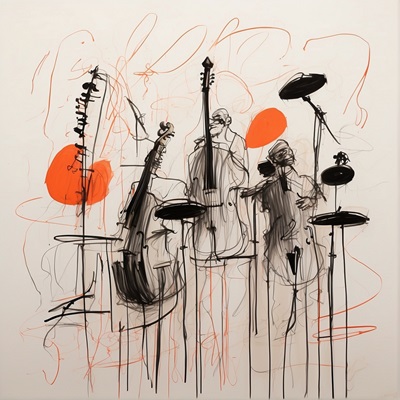
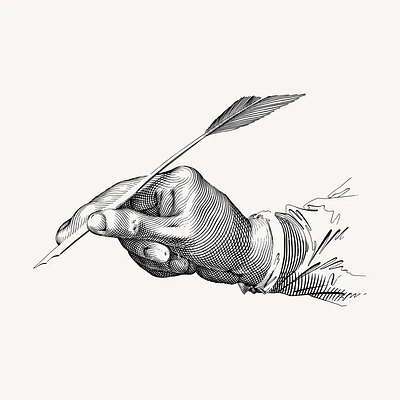

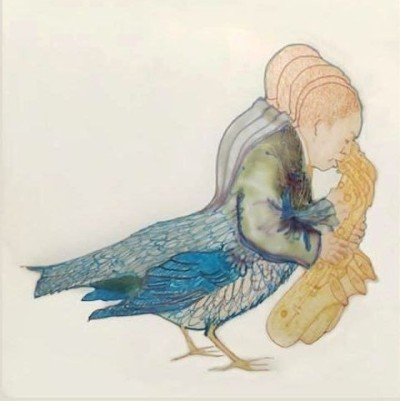

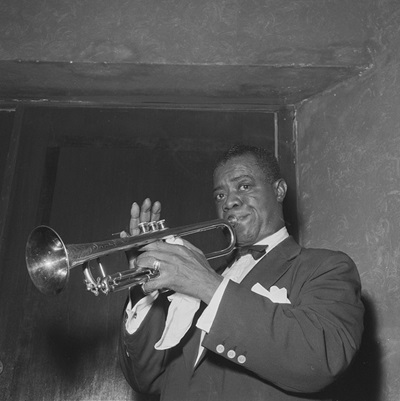
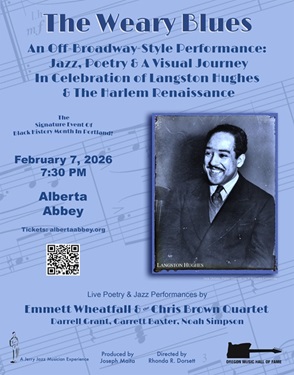


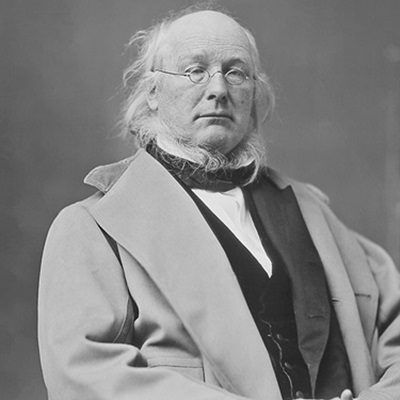
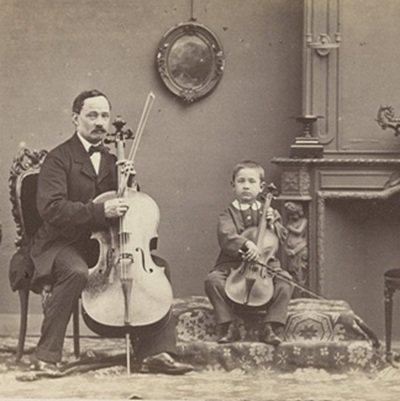
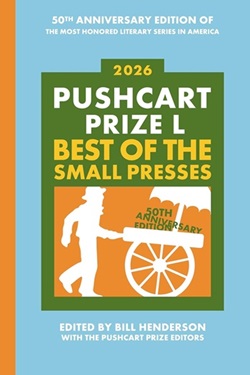
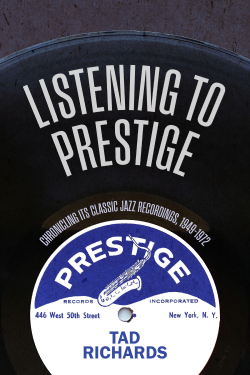

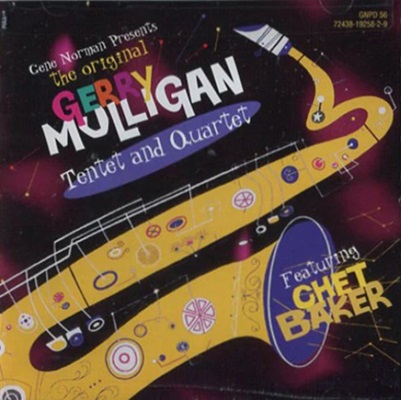
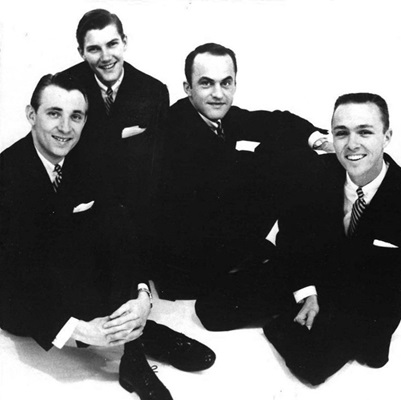
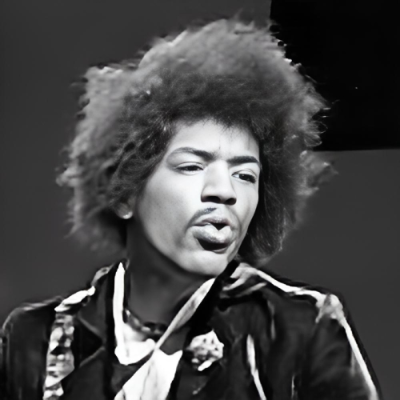
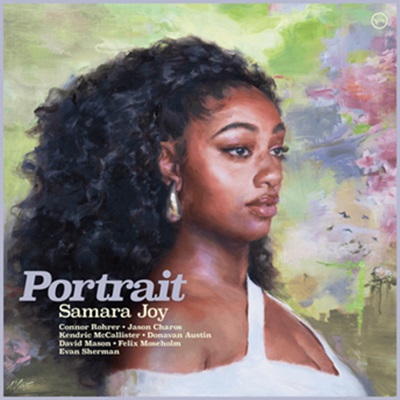



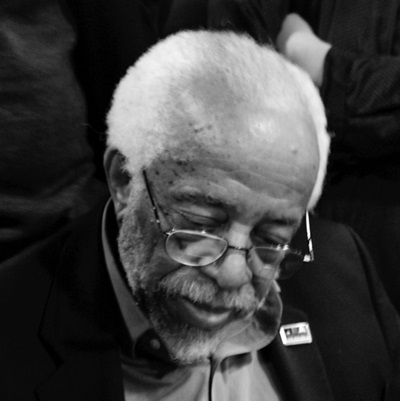
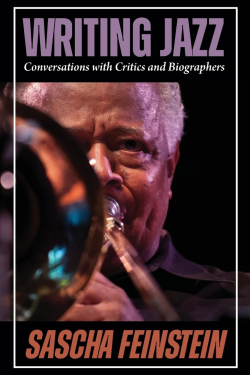


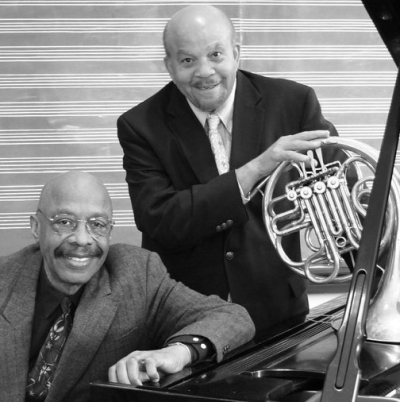

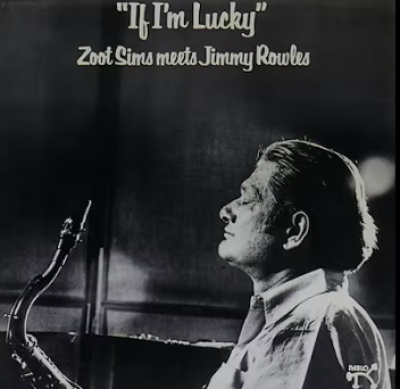

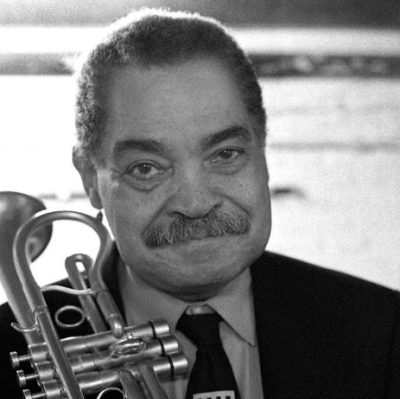







Bill Evans and Jim Hall, duo version on “Undercurrents”, not to be missed.
Recorded about 1959…
Yes…That’s a great recording…Here is a link to it:
http://www.youtube.com/watch?v=ReOms_FY7EU